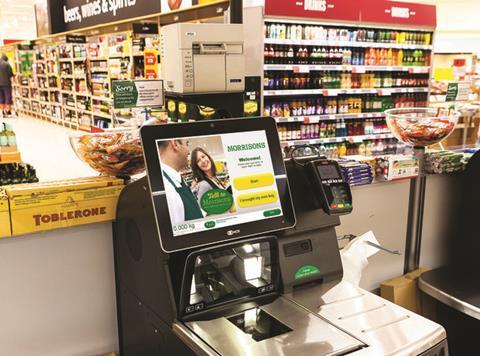
Supermarket deflation eased a fraction last month amid signs the weakening pound, the recovery of oil prices and the lapping of steep resets by the big four are taking the edge off falling prices.
The Grocer Price Index (GPI), collated by Brand View from more than 61,000 items across the big four, inched down –2.8% in the month to 1 April from –2.9% the previous month, though it was still the third-highest since the GPI launched.
Month on month, Morrisons was the only one of the big four to see prices lowered, falling 1.2% after pledging to cut the price of more than 1,000 products in February. Sainsbury’s (+0.2%) Asda (+0.6%) and Tesco (+0.6%) all saw prices edge up.
The monthly movement also meant Morrisons was the biggest supermarket price cutter year on year after dropping behind Tesco and Asda last month. Prices in the month to 1 April were 3.6% lower (from –2.8% last month), followed by Sainsbury’s at –3.1%, Tesco at –2.7%, and Asda seeing the lowest level of annual price cuts at –2.1%.Analytics powered by www.brandview.com
Waitrose, not included in the GPI, saw prices drop 2.3% year on year, its highest level of price cutting in the past 12 months.
Once more each of the 14 GPI categories reported annual deflation, led by alcohol (–3.9%), dairy (–3.8%) and household (–3.8%).
On a month-on-month basis, however, only alcohol showed significant price falls, dropping 2.8% over the month, while dairy fell 0.4%.
Categories with rising monthly prices included deli (+6.1%), health and beauty (+2.7%) and dry grocery (+2.1%).
Though deflation remains close to record highs, the slight easing recorded by the GPI was reaffirmed by Sainsbury’s boss Mike Coupe during the month.
Speaking at Sainsbury’s Q4 sales update in mid-March, Coupe said the supermarket’s own level of food deflation had dropped by about half a percentage point during the quarter, largely due to the annualising effect of price investments.
“We have seen 18 months now of sustained deflation and we would anticipate that will carry on for at least another six months,” he said. “But there comes a point as you annualise those price cuts, together with changing exchange rates and commodity prices, that it may change the balance of inflation year on year.”
Similarly, this week BRC-Nielsen found overall shop prices eased from –2% to –1.7% in March due to a lessening of non-food deflation. The report stated: “At a macro level, sterling has been weaker against key currencies in recent times, so there is scope to import inflation, whilst oil prices have tickled up from their recent lows. Looking 12 months ahead it is difficult to envisage much weaker crude prices and with sterling weakness we are already seeing higher on the ground pump prices in the UK.”







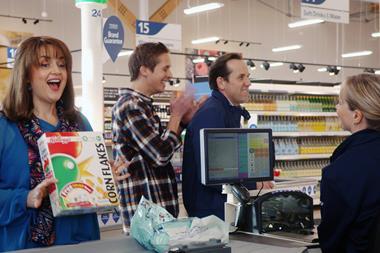
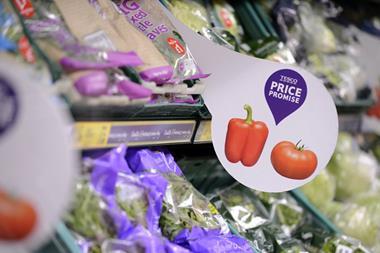
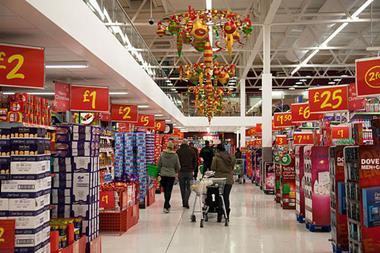
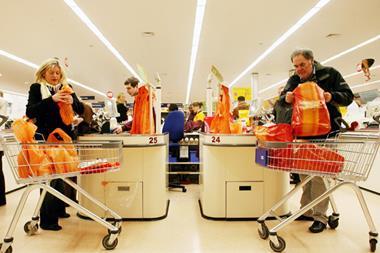

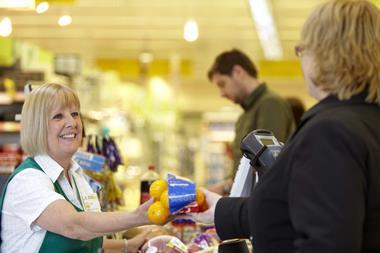






No comments yet